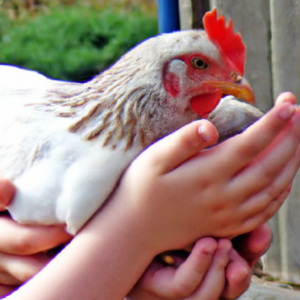
Imagine having a lively and diverse backyard filled with both ducks and chickens, happily cohabiting in the same coop. But wait, is that even possible? Can you keep ducks and chickens together in the same coop? This article explores the compatibility of these feathered friends and sheds light on the factors to consider when deciding to mix and match your poultry companions. Get ready to learn about the do’s and don’ts of coop sharing, as we uncover whether ducks and chickens can truly coexist in harmony.
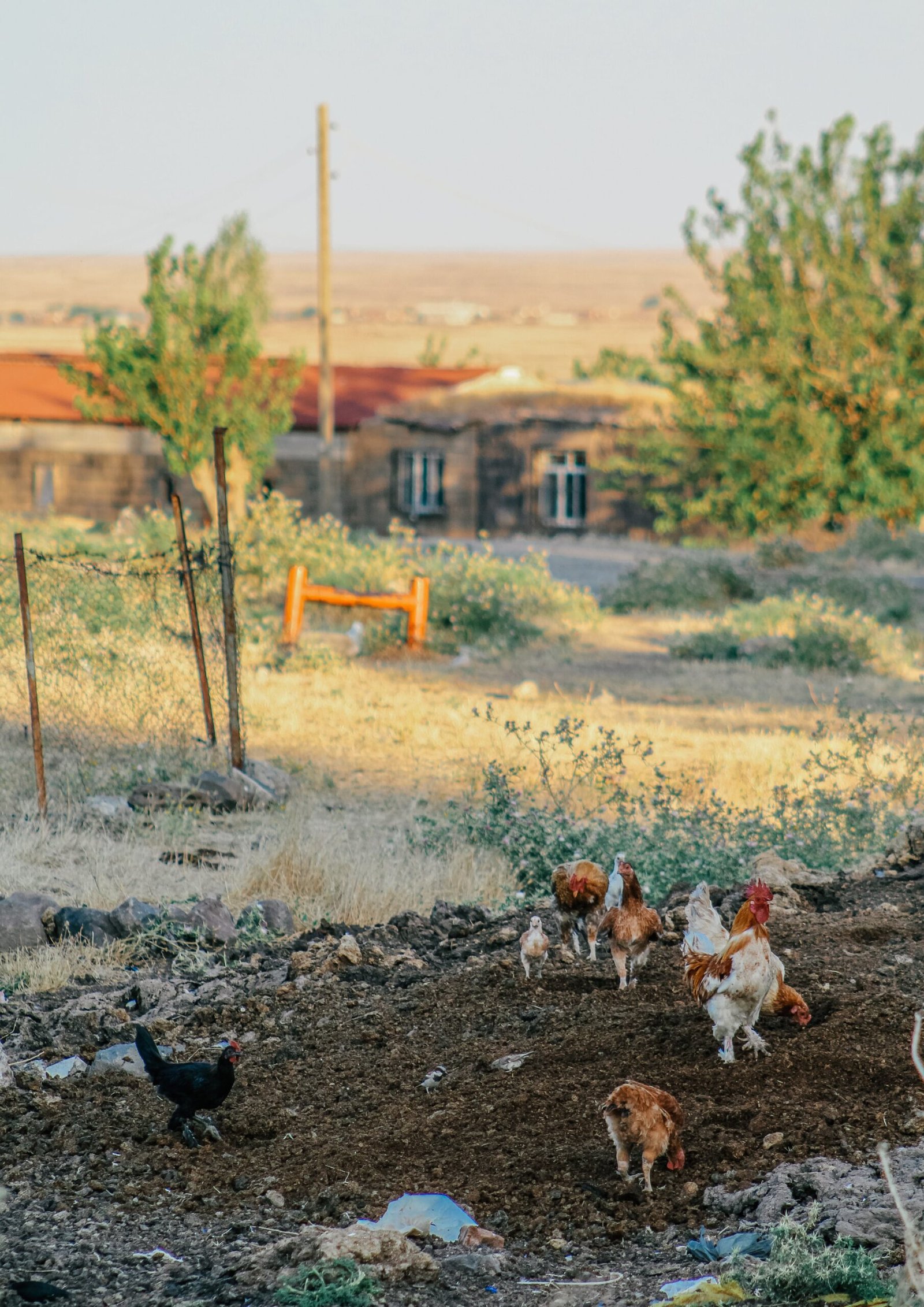
Benefits of Keeping Ducks and Chickens Together
Easier management and care
Keeping ducks and chickens together in the same coop can make management and care much easier for you as the owner. Instead of having separate enclosures and needing to maintain two separate living spaces, you can streamline your efforts by keeping them together. This means that you only need to clean one coop and provide food and water in one location.
Enhanced foraging and pest control
Another benefit of keeping ducks and chickens together is the enhanced foraging and pest control benefits. Ducks and chickens have different foraging behaviors and diets, which can complement each other well. Chickens scratch and peck at the ground, helping to control pests like insects and slugs. On the other hand, ducks are great at foraging in water and can help control mosquito populations.
Companionship and social interaction
Ducks and chickens are social animals, and keeping them together can provide companionship and social interaction for both species. They can form bonds and establish a pecking order within their mixed flock. This social interaction can improve their overall well-being and help prevent boredom, which may lead to negative behaviors. Plus, it’s always enjoyable to watch the different interactions and dynamics between these two species.
Space utilization
By keeping ducks and chickens together, you can optimize the use of your space effectively. Ducks require a larger area to roam and access to water for swimming, while chickens need substantial roosting and nesting spaces. By providing both types of areas within the same coop, you can efficiently utilize your available space and give each species the necessary living environment they require.
Considerations for Keeping Ducks and Chickens Together
Size and setup of the coop
When keeping ducks and chickens together, it’s crucial to consider the size and setup of the coop. Ducks require more space than chickens, as they need room to swim and access to water sources. The coop must be large enough to accommodate both species comfortably. Ensure ample floor space, as well as separate areas for roosting and nesting.
Feeding and watering requirements
Ducks and chickens have different feeding and watering requirements. Ducks need access to water for drinking, swimming, and dunking their heads. Ensure that both species have access to appropriate food and water sources within the coop. Consider using separate feeders and waterers to prevent contamination and allow for individual consumption.
Health and disease management
Managing the health and preventing diseases for both ducks and chickens is essential when keeping them together. Ensure proper vaccination and hygienic practices to minimize the risk of illnesses. Monitor for signs of illness in both species regularly, and promptly address any health concerns that may arise. Understanding the common illnesses and their impact on both ducks and chickens is crucial for maintaining their overall well-being.
Behavioral differences
Ducks and chickens exhibit different behaviors that should be considered when keeping them together. Chickens are generally more terrestrial and may be more aggressive towards the ducks. It’s important to observe the flock and intervene if any territorial or aggression issues arise. Integrating ducks and chickens gradually can help minimize these behavioral differences and ensure a harmonious cohabitation.
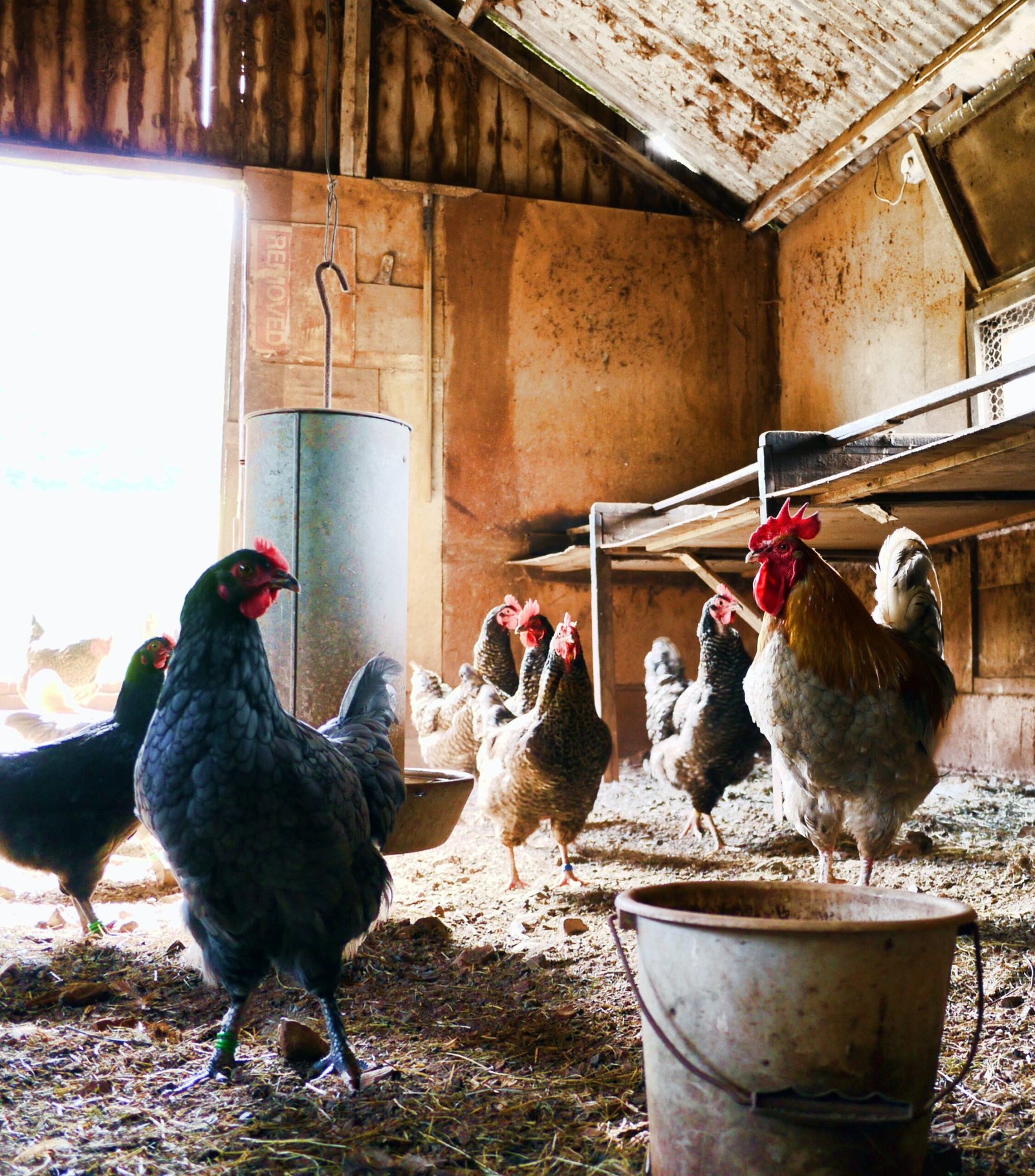
Coop Design and Setup
Coop size and space requirements
When designing and setting up the coop for ducks and chickens, it’s important to consider their size and space requirements. Ducks generally require more space than chickens, accounting for their need to swim and access water. Provide ample floor space for them to move around comfortably, as well as elevated roosting and nesting areas for the chickens.
Separate areas for ducks and chickens
To ensure the well-being of both ducks and chickens, it’s recommended to provide separate areas within the coop. Ducks will need access to water for swimming, while chickens require designated roosting and nesting spaces. This separation can help minimize antagonistic behaviors and allow each species to fulfill their natural needs within the shared coop.
Access to water and swimming
Ducks require access to water for swimming, preening, and maintaining their feathers. Providing a shallow pool or trough within the coop can fulfill this need. However, ensure that it is designed in a way that prevents flooding or excessive mess within the coop. Additionally, consider adding ramps or steps for easy access in and out of the water for the ducks.
Roosting and nesting arrangements
Chickens require designated areas for roosting and nesting within the coop. Install perches or roosting bars at varying heights and provide enough space for all the chickens to perch comfortably. Nesting boxes should also be provided, ensuring ample space for the hens to lay their eggs without overcrowding. Ducks, on the other hand, do not require specific roosting arrangements but will appreciate a cozy corner for resting.
Feeding Ducks and Chickens Together
Feeding requirements for ducks and chickens
Ducks and chickens have different feeding requirements. Ducks are omnivorous and require a diet that includes both plant matter and protein. On the other hand, chickens are primarily vegetarians, but they also benefit from some animal protein. It is important to provide a balanced diet that meets the nutritional needs of both species.
Ensuring proper nutrition for both species
To ensure proper nutrition, select a poultry feed that meets the dietary requirements of both ducks and chickens. Look for balanced options that contain a mix of grains, seeds, and proteins. You may need to supplement the diet with fresh fruits and vegetables to provide additional vitamins and minerals. Consult with a veterinarian or poultry nutritionist to develop a feeding plan that suits the needs of both species.
Supplementing with grit and calcium
Both ducks and chickens require supplemental grit and calcium in their diet. Grit aids in the digestion of food and is especially important for ducks, as they swallow food whole and need the grit to grind it in their gizzards. Calcium is essential for the development of strong eggshells in both species. Provide separate containers of grit and oyster shell or crushed eggshells for the birds to access as needed.
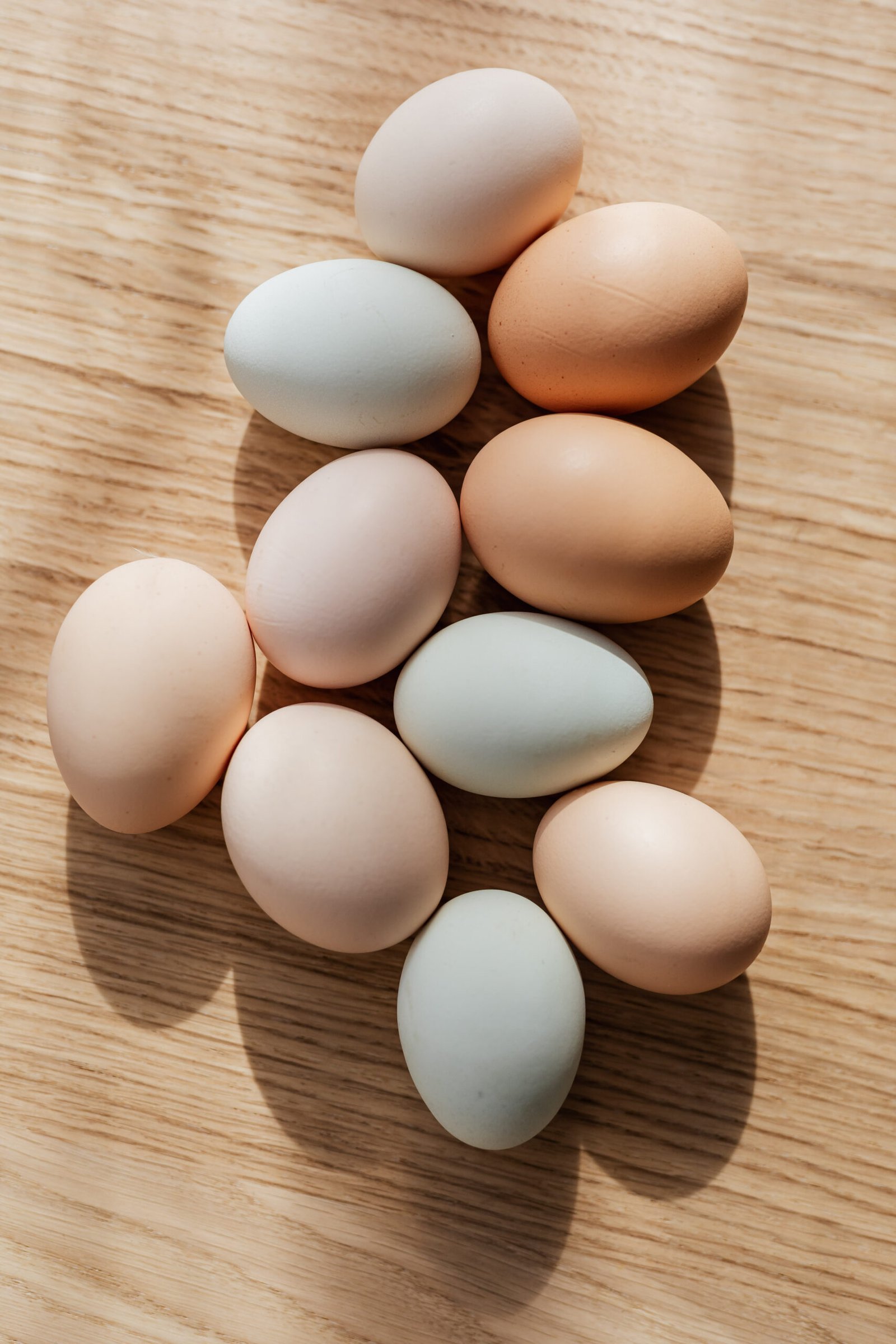
Watering Ducks and Chickens
Water requirements for ducks and chickens
Ducks and chickens have different water requirements. Ducks require access to water for drinking, swimming, and keeping their feathers clean. Chickens primarily require water for drinking. Ensure that both species have access to clean, fresh water at all times within the coop.
Providing water sources suitable for both
To cater to the water needs of both ducks and chickens, consider installing separate waterers within the coop. Provide a shallow trough or mini pond for the ducks to swim and play in, ensuring that the water is changed regularly to prevent stagnation. Chickens can have their water source separate from the ducks, in the form of waterers attached to the walls or floor of the coop.
Preventing contamination and mess
Water sources within the coop should be designed in a way that minimizes contamination and mess. Ducks are notorious for splashing and muddying the water, so it’s essential to have a drainage system in place to remove excess water. Regularly clean and replace water sources to maintain cleanliness and prevent the buildup of harmful bacteria that may affect the health of both ducks and chickens.
Managing Health and Disease
Vaccination and preventative measures
Keeping ducks and chickens together requires diligent management of their health and regular preventative measures. Consult with a veterinarian experienced in poultry care to determine the appropriate vaccination schedule for both species. Adopt biosecurity measures to minimize the risk of disease spread, such as regularly disinfecting the coop, practicing good hygiene, and quarantining new birds before integrating them into the flock.
Monitoring for signs of illness
Frequent monitoring for signs of illness is crucial to promptly address any health concerns that may arise in your mixed flock. Be attentive to changes in behavior, appetite, and appearance. Common signs of illness in both ducks and chickens include lethargy, reduced feeding, abnormal droppings, and respiratory distress. If any bird displays signs of illness, isolate them from the others and seek veterinary advice as soon as possible.
Common illnesses and their impact on ducks and chickens
Ducks and chickens can be susceptible to various illnesses, some of which may affect both species. Avian influenza, respiratory diseases, and parasitic infections are examples of common health issues that may arise. Educate yourself about the symptoms, prevention, and treatment of these illnesses to ensure the well-being of your birds. Prompt diagnosis and treatment can make a significant difference in their recovery and overall health.
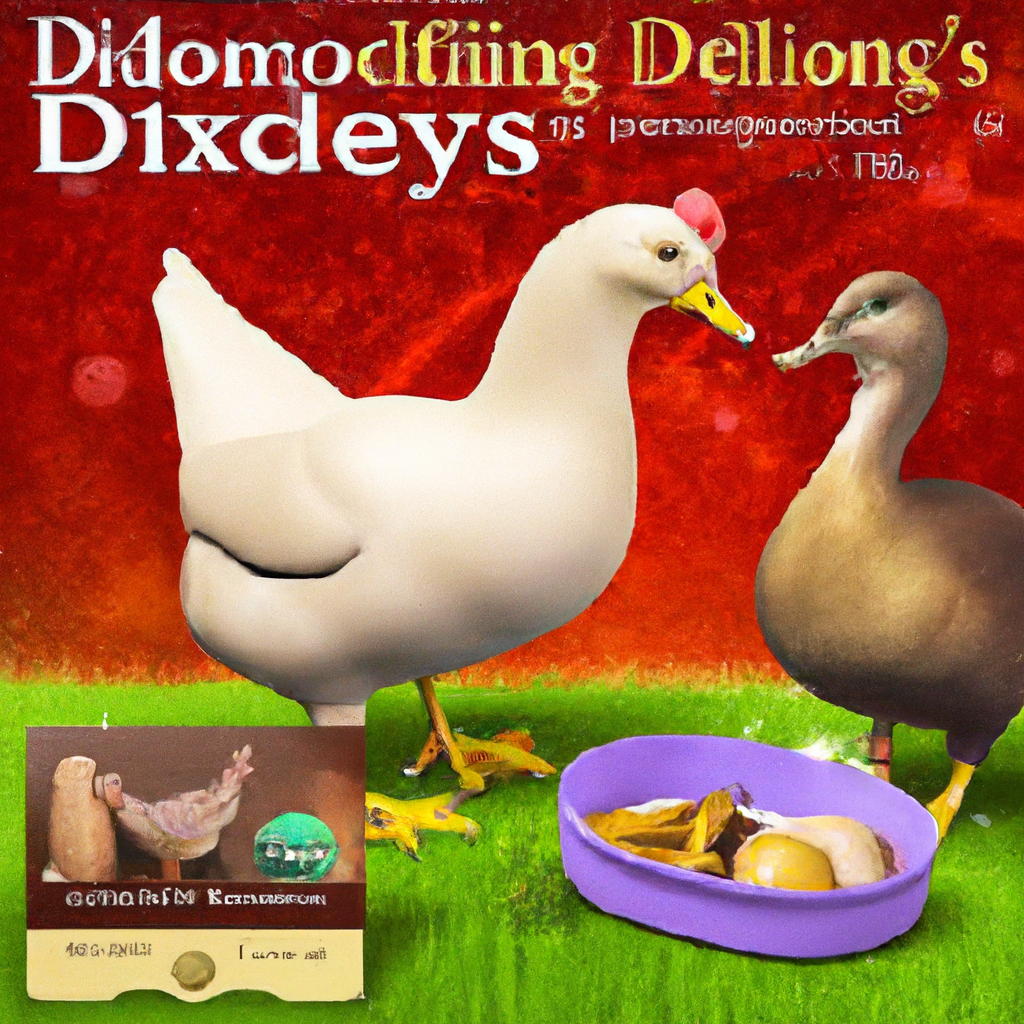
Behavioral Differences and Compatibility
Understanding natural instincts and behaviors
Ducks and chickens have distinct natural instincts and behaviors that can affect their compatibility when kept together. Chickens are more terrestrial and may be territorial, whereas ducks are more aquatic and social. Understanding and respecting these natural behaviors can help you anticipate potential conflicts and find strategies for peaceful cohabitation.
Territorial and aggression issues
Chickens can exhibit territorial behaviors, especially towards animals they perceive as intruders. When introducing ducks into an existing chicken flock, monitor the interactions closely. In some cases, chickens may peck at the ducks, potentially causing injury. It’s important to intervene if aggression becomes excessive, ensuring the safety and well-being of all birds involved.
Integration strategies for ducks and chickens
To promote successful integration, introduce ducks and chickens gradually. Allow them to interact through wire barriers or fencing before fully mixing them together. This gradual introduction can help establish a pecking order and minimize aggression. Provide ample space, hiding spots, and distractions within the coop to reduce stress and encourage positive interactions between the two species.
Potential Problems and Solutions
Damage to vegetation and garden
One potential problem when keeping ducks and chickens together is the potential damage to vegetation and gardens. Ducks are avid foragers and may dig up or trample on plants and lawns. To prevent excessive damage, consider providing designated foraging areas or protecting specific garden areas with fencing or wire mesh.
Mess and odor management
Ducks, especially when provided with water for swimming, can create a mess and increase the likelihood of odors developing within the coop. Regular maintenance and cleaning are essential for managing these issues. Use appropriate bedding materials that effectively absorb moisture and control odor. Implement a cleaning schedule to regularly remove waste and excess water to maintain a clean and odor-free environment.
Egg collection and potential nesting issues
Ducks and chickens have different egg-laying behaviors and may require separate nesting areas. Chickens typically lay their eggs in designated nesting boxes, while ducks may prefer to lay their eggs on the ground or in hidden areas. Provide suitable nesting options for both species and regularly collect eggs to prevent accidental breakage or broodiness.
Overcrowding and stress
Overcrowding within the coop can lead to stress and negative behaviors in both ducks and chickens. Ensure proper space allocation, providing enough room for each bird to move, roost, and nest comfortably. If you notice signs of stress or aggression, consider expanding the coop or reducing the number of birds within the flock to alleviate overcrowding.
Egg Production and Management
Different egg-laying behaviors of ducks and chickens
Ducks and chickens have distinct egg-laying behaviors. Chickens typically lay their eggs in nests within the coop, while ducks may prefer to lay their eggs on the ground or in hidden areas. It’s important to understand these behaviors and provide appropriate nesting options to ensure easy collection and prevent accidental breakage.
Collecting and managing eggs
Regularly collecting eggs is crucial for maintaining egg quality and preventing broodiness. Create easy access to nesting areas for egg collection, ensuring minimal disturbance to the birds. Handle eggs gently and store them properly to maintain freshness before consumption or incubation.
Incubation and hatching considerations
If you plan to hatch eggs, understand that chickens and ducks have different incubation and hatching requirements. Ducks require a more extended incubation period and higher humidity levels compared to chickens. Ensure suitable incubation conditions and carefully monitor the process to ensure successful hatching.
Conclusion
Keeping ducks and chickens together in the same coop can be a feasible and beneficial choice for many poultry enthusiasts. The easier management and care, enhanced foraging and pest control, companionship and social interaction, and efficient space utilization make cohabitation appealing. However, it’s important to consider the size and setup of the coop, feeding and watering requirements, health and disease management, behavioral differences, and potential problems. Proper coop design, feeding, and watering practices, vigilant health monitoring, and gradual integration strategies can ensure successful compatibility between ducks and chickens. With the right setup and management, you can enjoy the delights of both species while providing them with a safe and harmonious living environment.

